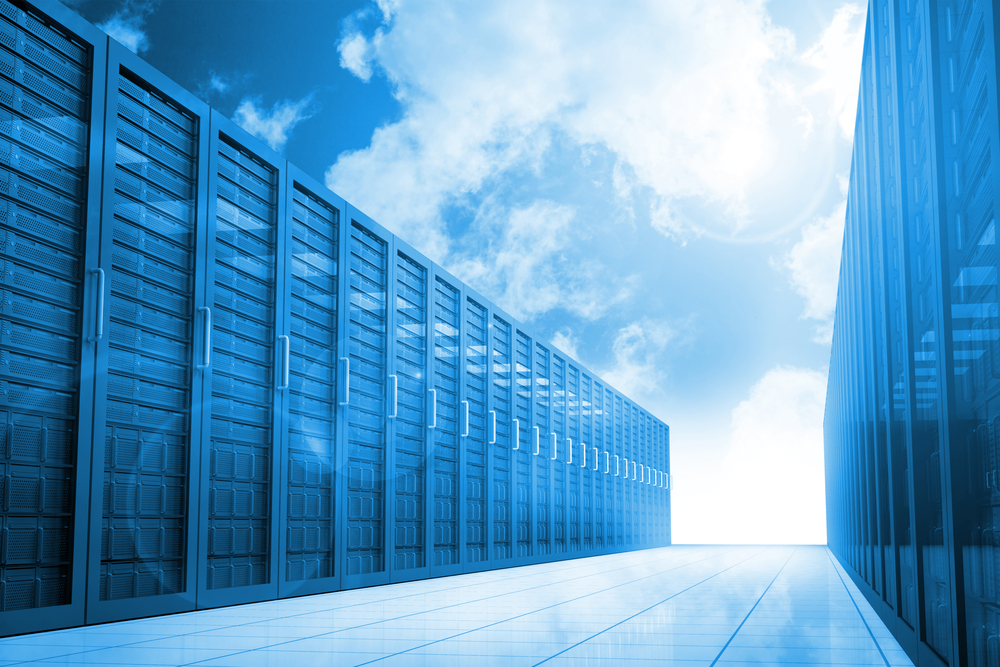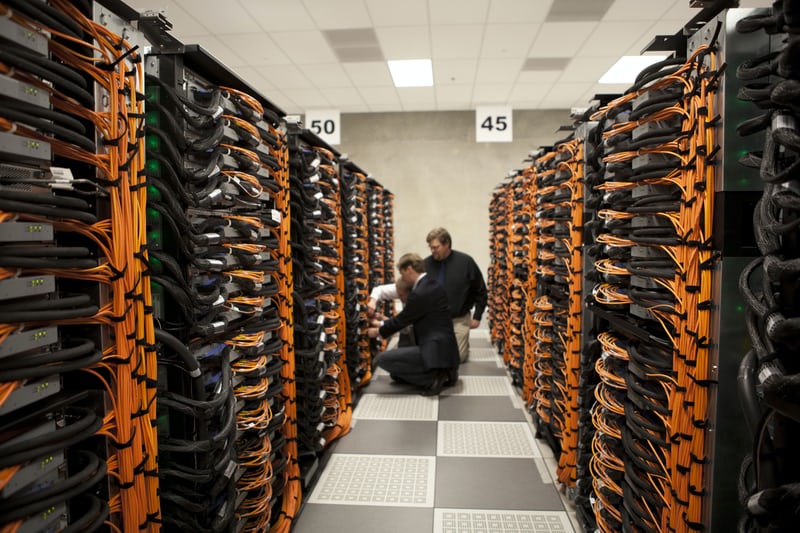
“Tape storage? That’s so outdated!” So goes the judgement in today’s IT world, with cloud infrastructure being at the forefront for convenient storage. But the truth is, it’s not necessarily the most accurate statement. Let’s get into why.
To start with, tape and disk storage technology have actually both been around the same length of time. Both saw their beginnings start during the 1950’s, with initial tape and disk capacities in the single digit megabyte range. And of course with speed and storage space advancing over time, growing exponentially especially over the last 10-15 years, each has presented its own unique purpose in the storage world.
Obviously, both tape and disk based storage have their pros and cons. When it comes to finding a specific piece of data quickly, disk storage will almost always have the edge in “seek time” because it’s direct access storage, whereas tape is sequential access storage. However, when it comes to streaming a piece of data off a tape cartridge vs a hard drive, tape drives will often have the edge in their consistently fast read times since the data was written sequentially and not broken up into multiple pieces like hard drives do.
So now that we see a couple examples of storage pros and cons, it benefits us to look at usage intent. For purposes of this conversation, since cloud storage is just mass disk storage that’s accessible over a network, we will just focus on disk versus tape based storage. Where do each fit in, within the IT industry? Truly it comes down to what you are using your storage for.
If your purposes are short term file access to be shared across a network of computers, then disk storage will absolutely have the edge. Easily partitioned out and shared with many users with little effort, and widely scalable to meet whatever storage needs a given company has. The same can be said for quick backups of any given system. Disk storage all the way.
But what about archive storage? In many industries and environments (think medical records, financial records, law, etc), there is a requirement to keep data for a specific length of time (usually years), if not indefinitely. That is absolutely a tape storage forte. Writing data to a cartridge that can then be exported out of a machine and stored safely either on site or off….or both (if you write two copies for redundancy). Can’t just pull a hard drive out of a production system, RAID arrays don’t work that way.
Also, disaster recovery is another huge sector for tape storage. Disk based systems fail. Buildings have disasters happen….floods, fire, tornadoes, earthquakes, etc. Many companies will have a DR site somewhere many miles away. They will write their backups to tape, export the tapes, and then have the tapes sent to that site for storage and recovery use.
So as you can see, each type of storage has its own purpose. Not better or worse than the other, just different uses. But also, like any industry, both disk and tape storage has evolved. To my initial point, storage capacity and speed is the big factor here.
At a time, tape libraries would take up entire rooms. And disk storage appliances would be racks upon racks of hard drives. All this to simply get a backup of a company’s servers done. Now, you see a rack or two. Half a rack worth of disk storage, maybe a small tape library or two. All doing the same job that used to take 10x the amount of space to get done. That’s simply a byproduct of the advancement of the technology. Fitting 30TB of compressed data onto a single LTO-8 data cartridge. Or how about storing 504TB of data on a single EqualLogic PS6610 system that takes up 5U of rack space.
Tape storage isn’t dying. It isn’t dead. It’s simply evolving. Yes, it’s true, some companies will probably move away from tape storage and use solely disk (or cloud) based storage. But other companies will keep using tape storage, because they need the ability to archive hundreds, if not thousands, of records for many years. It all depends on the needs of each client system. So if you wonder if tape storage is the right solution for you. Or if you think you might want to explore what other options you have for your storage needs. Simply reach out to us directly via the link below and we will be more than happy to discuss your needs and how we can help meet them.

This is an age-old discussion in the IT industry. Often it seems that it is made out to be an either/or ...

In talking to many clients throughout my career, one of the top trending things I have heard is about sw...

The 2023 economy is setting up to be a tricky one to forecast. Political turmoil, stock market and inves...